Results
-
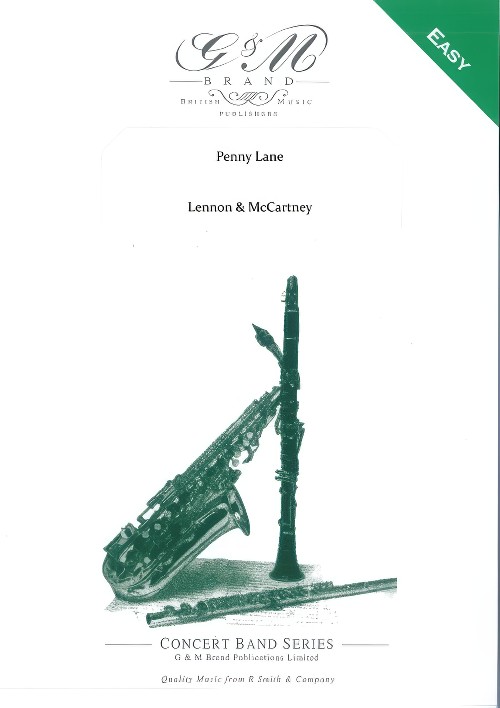 £49.95
£49.95Penny Lane (Concert Band - Score and Parts) - Farnon, David
Penny Lane is a street in Liverpool and gave the title to one of the best-selling singles of all time. It was released in 1967 by which time The Beatles were the Worlds number one group and started experimenting with different production techniques - leading to the ground breaking album Sergeant Pepper.
Estimated dispatch 7-14 working days
-
 £9.95
£9.95Penny Lane (Concert Band - Score Only) - Farnon, David
Penny Lane is a street in Liverpool and gave the title to one of the best-selling singles of all time. It was released in 1967 by which time The Beatles were the Worlds number one group and started experimenting with different production techniques - leading to the ground breaking album Sergeant Pepper.
Estimated dispatch 7-14 working days
-
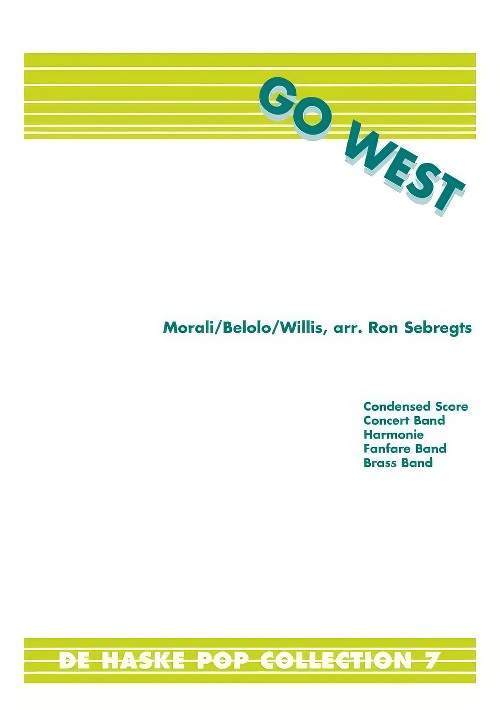 £76.99
£76.99Go West (Concert Band - Score and Parts) - Sebregts, Ron
The Pet Shop Boys are one of the finest examples of an English electro pop group. Since their formation in the early 1980s they have had 38 top 40 hits in the UK and are still often in the charts today. This highly inventive duo owes their long-term career to the ability to bridge melodic pop and dance music with intelligence and style. Go West was one of their hits from 1993 and this arrangement by Ron Sebregts retains all the splendour of the original. A fantastic pop arrangement which will have all your audience dancing in the aisles.Duration: 3:40
Estimated dispatch 7-14 working days
-
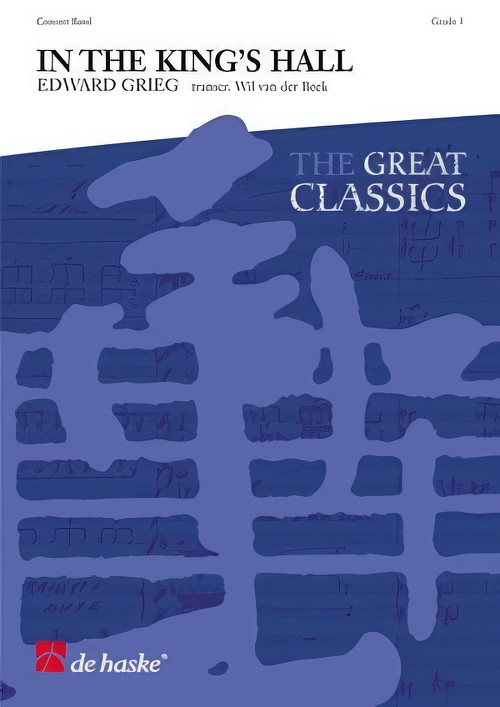 £104.99
£104.99In the King's Hall (Concert Band - Score and Parts) - Grieg, Edvard - Van der Beek, Wil
Grieg's suite from 'Sigurd Jorsalfar' remains one of his most popular works and here, arranged by Wil van der Beek, we are pleased to be able to offer a version for Concert Band. This one will be a sure-fire hit with any fans of classical music.Duration: 3:30
Estimated dispatch 7-14 working days
-
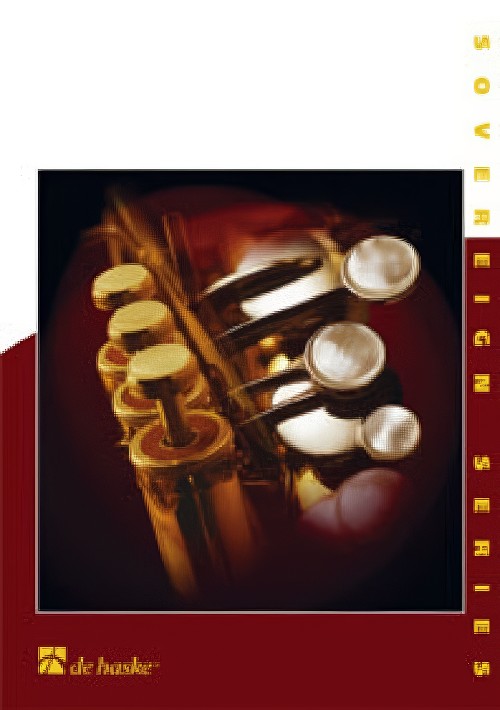 £179.99
£179.99Pastorale Symphonique (Concert Band - Score and Parts) - De Haan, Jacob
Jacob de Haan has composed a very interesting concert work with Pastorale Symphonique. Through music the composer reflects on one of today's most important concerns, the adverse effect on the environment caused by man. The work consists of two main themes; one symbolises unspoiled nature and the second the negative influences of man on nature. A constant interaction between both themes develops into a meaningful final marche funebre.Duration: 10:30
Estimated dispatch 7-14 working days
-
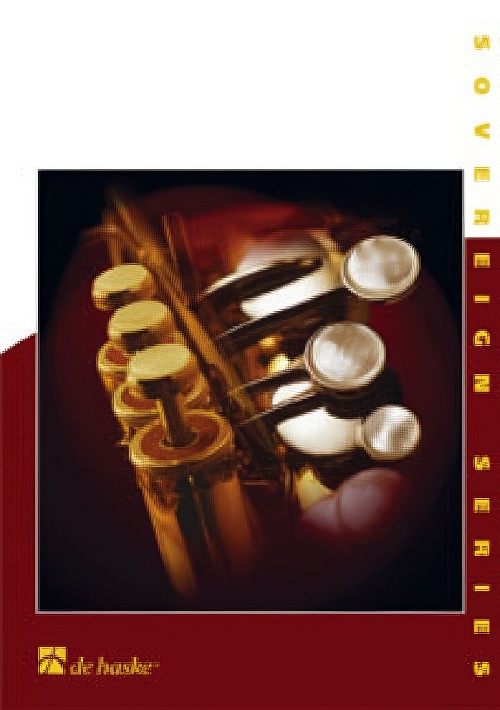 £179.99
£179.99Amazonia (Concert Band - Score and Pars) - Van der Roost, Jan
This major concert work consists of five movements:1st movement: La Laguna del Shimbe. Situated high up in the Andes mountains in Northern Peru are the Huaringas, a group of lagoons in isolated and mysterious surroundings. The water has healing powers and for centuries traditional healers have settled there in small villages. From far the sick come to the Huaringas to be treated in nightly rituals, in which the hallucinating juice of the San Pedro cactus gives the prophet a look inside his patient. The biggest lagoon is the "Laguna del Shimbe", one of the countless wells of the immense Amazon stream.2nd movement: Los Aguarunas. Further downstream in Northern Peru we come across the rain tribe of Los Aguarunas. It's a proud, beautiful and independent race, which has never succumbed to domination, not even from the Incas. They live from everything the forest has to offer: fish, fruit, plants... They also grow some crops and live as semi-nomads. They take their fate into their own hands and after having made contact with modern civilisation, they have integrated new elements into their lives without betraying their own ways.3rd movement: Mekaron. Mekaron is an Indian word meaning "picture", "soul", "essence". The Indians are the original inhabitants of the Amazon region. They either live in one place as a group or move around a large region. They all have their own political system, their own language and an intense social life. At the same time they are master of music and medicine. "Everywhere the white man goes, he leaves a wilderness behind him", wrote the North American Indian leader Seatl in 1885. As a result of these contacts with the whites, the disruption of most Indian societies began. (In this century alone, 80 tribes have vanished completely).4th movement: Ktuaj. This is the name of the initiating ceremony of the Krah tribe in the Brazilian state of Goias, in which young boys and girls enter adult life. They are cleansed with water, painted with red paint and covered with feathers, after which the ritual dance holds the entire tribe spell-bound.5th movement: Paulino Faiakan. In 1988 the Indian chiefs Faiakan and Raoni Kaiapo came to Europe to protest against the building of the Altamira dam in Brazil. As a result of the dam the Indians would be driven from their traditional land and enormous artificial would be created. The project was supported financially by, amongst others, the European Community. In February 1989 the Indian tribes around Altamira held a protest march for the first time in their history together. Amongst other things they paid tribute tot Chico Mendez, who, murdered in 1988, was the leader of the rubber syndicate and a fierce opponent of the destruction of the Brazilian rain forest. Brazilian and world opinion was awakened. The building of the dam was, albeit temporarily, stopped.Duration: 12:30
Estimated dispatch 7-14 working days
-
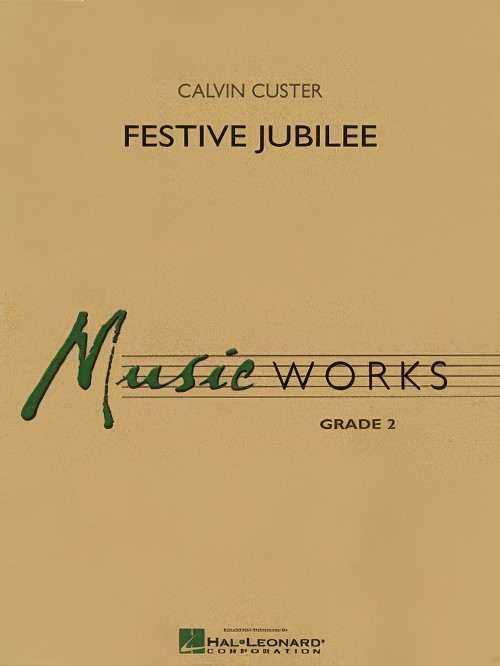 £53.50
£53.50Festive Jubilee (Concert Band - Score and Parts) - Custer, Calvin
Composed by Calvin Custer in 1989, this is one of his most dynamic works for young players. It's a bold and lively concert opener written in one tempo, sure to add a commanding spirit to concert and contest performances.Duration: 2:20
Estimated dispatch 7-14 working days
-
 £70.50
£70.50Boz Dances (from Master Humpreys Clock) (Concert Band - Score and Parts) - Binney, Malcolm
Master Humphrey's Clock was inspired by the weekly periodical produced by Charles Dickens in which appeared a miscellany of short sketches. Malcolm Binney's work was commissioned for the Kent County Wind Orchestra, it therefore seemed appropriate that a piece writen especially for Kentish performers, should draw, for inspiration on the literarary works of one of the County's most famous inhabitants. The Boz Dances (Boz was a pseudonym under which Dickens wrote) are taken from all four parts of extended work and explore the miriad of personalities, childhood fantasies of theatre, fairy tales and imagined scenes so loved by Dickens. Great fun, inspired, exhilarating and thrilling to listen to.Duration: 10:30
Estimated dispatch 7-14 working days
-
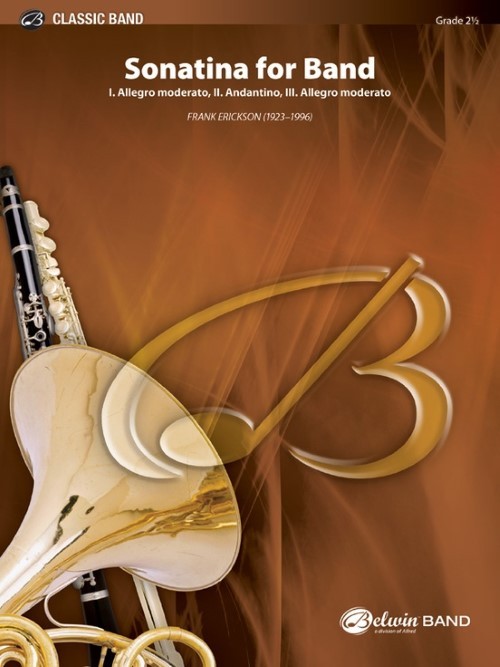 £76.95
£76.95Sonatina for Band (Concert Band - Score and Parts) - Erickson, Frank
This piece, one of hundreds of successful original concert band works by Frank Erickson, is a suite of three brief movements. The three movements investigate harmonic structuring, contrasting moods, and styles as the work progresses from a simple opening to a dramatic conclusion. Revered as one of Erickson's most approachable works for developing bands, it remains on contest and festival lists nation-wide. This edition, now with a full score and freshly re-engraved parts, signifies this cherished work's addition to the Belwin Classic Band series.Duration: 5.00
Estimated dispatch 7-14 working days
-
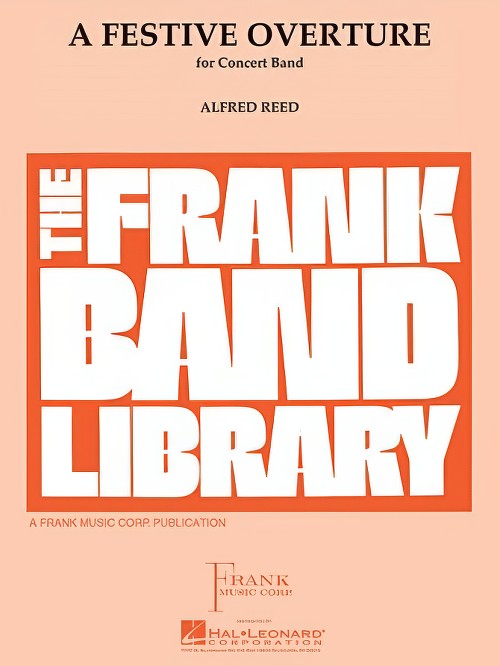 £79.99
£79.99A Festive Overture (Concert Band - Score and Parts) - Reed, Alfred
A Festive Overture was commissioned by the Tri-State Festival, held annually under the auspices of the Music Division of Dickinson State College in Dickinson, North Dakota, for performance at the 1963 Festival. The first performance took place on November 2nd, 1963, at the concluding grand concert of the festival, with the Dickinson State College Symphonic Band under the composer's direction. The score is in traditional overture form, a brilliant opening allegro followed by a reflective, lyrical interlude, and concluding with a return to the first themes and mood. The entire work is built on three motifs, which are heard in the first section, with the middle section developed from one of these, which first appears as the bass line to the main theme. In the course of the work, the full resources of the modern, integrated concert band are called upon, to present these motifs in constantly varied forms and combinations, and in scintillating tone colors. The wording of the commission presented a basic challenge: that of writing a major work on the highest musical level and yet capable of performance by a good high school band. We believe that this challenge has been met, and are proud to offer this work as a contribution to the modern school and concert band repertoire.
Estimated dispatch 7-14 working days
